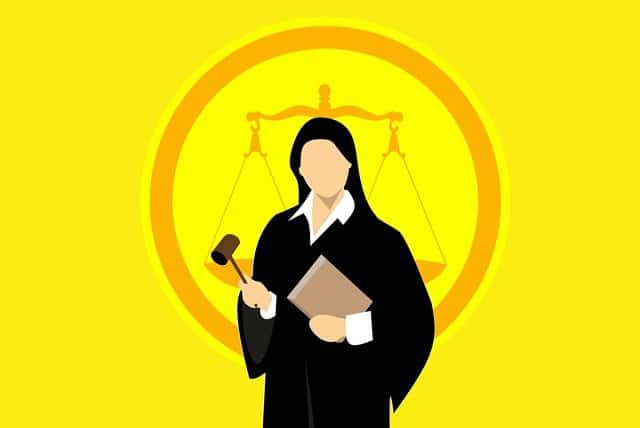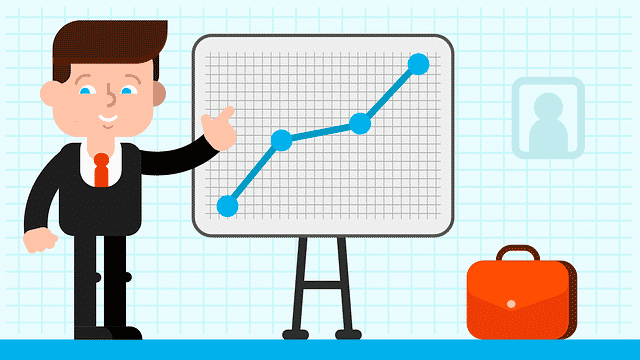
In the judicial field, a complaint is a writing that is presented before a judge or court with the intention of starting a process.
The notion of demand refers to a request, petition , plea or request . The one who demands requests that something be given to him.
For example: "The kidnapper demands a million pesos to free the hostages" , "The demand for dairy products has grown in recent years" , "The government demands a greater effort from companies to prevent the spread of unemployment" .
Lawsuit
In the field of law , the claim is the request that the litigant formulates and justifies during a trial. It is also the document in which actions are taken before the court or judge: "The European Union filed a lawsuit against Microsoft for monopolistic activities" , "The actor threatened to file a lawsuit against those who publish photos of his son" .
The plaintiff (the one who files the lawsuit) must abide by different types of liability. Procedural liability requires payment of the costs of the trial (the plaintiff must bear the responsibility if his claim is rejected due to lack of foundation), while civil liability is specified with the payment of compensation to the defendant (when the claim is unfounded or includes an insulting imputation). Finally, criminal liability involves a criminal sanction and appears when the defendant commits a crime during the judicial process (such as presenting false documents).

Demand, in economics, is given by the sum of the acquisitions of services and goods at a certain time.
The concept in economics
For economics , demand is the sum of the purchases of goods and services made by a certain social group at a given time. We can talk about individual demand (when it involves a consumer ) or total demand (with the participation of all consumers in a market ).
In this market, the quantity of the product demanded can vary , depending on several factors, mainly its price, its availability and the wealth and need of those who wish to acquire it.
The price is one of the determining factors of a product and is variable; This means that it can be modified over time, generally doing so in cases where it is necessary from the eyes of the offeror.
If a product has a large market outlet, the reduction in its stock makes it more valuable and, to achieve a better profit, producers increase its price; On the other hand, if it is a product that has not had a great impact, its price is usually lowered to achieve a satisfactory position on the market.
The latter occurs especially in food goods, with an expiration date. In order not to lose everything invested in the manufacturing or collection of the product, producers prefer to sell it before the expiration date at a price even lower than the expenses. what it took to achieve it.
demand curve
The demand curve allows us to know the relationship between the quantity demanded of a product and its price. That is, the quantities that consumers would like to purchase of a product based on a price and at a certain time.
It is worth mentioning that, along with the supply curve, the demand curve is one of the tools used in the economic field to theoretically analyze the different states of the market and predict its future in order to establish future prices that favor the fluid exchange of goods and services . The space in which both curves intersect is known as equilibrium . It is a point of intersection where both are on equal terms.
We can also say that demand is a mathematical function through which we can know the availability and existence of a product in the market and the interest there is in it on the part of consumers. This fusion is made up of several parts, where each acronym represents a certain part. Qdp (represents the quantity demanded), P (is the price of the good), I (refers to the consumer's income), G (represents the tastes and preferences), N (number of interested consumers), Ps (represents the prices of substitute goods) and Pc (the price of complementary goods).
